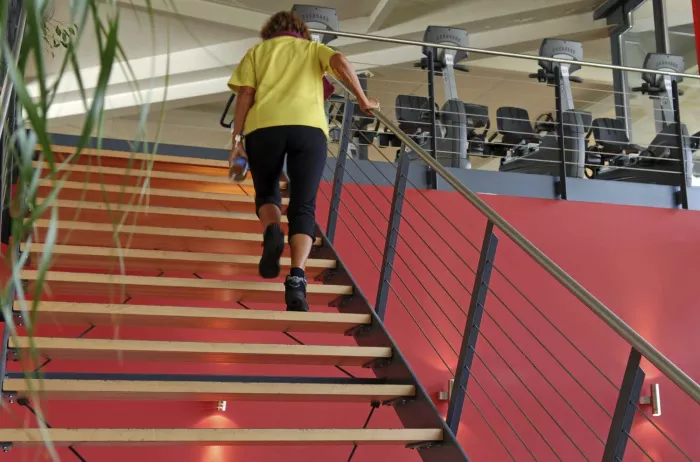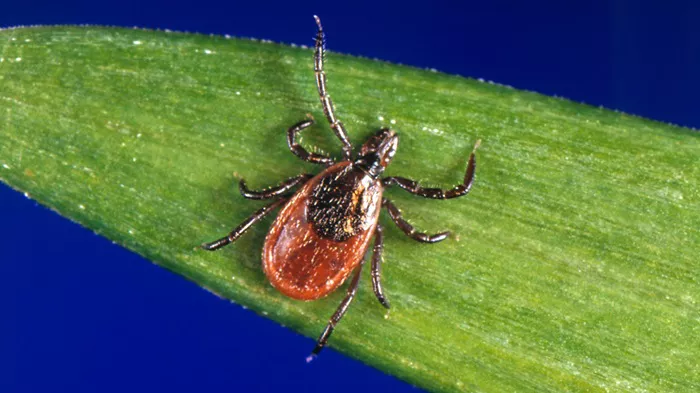Hamstring strains are one of the most frequent injuries among athletes and active individuals. These painful muscle pulls can happen suddenly, often during sprinting, jumping, or even bending forward too quickly. Located at the back of the thigh, the hamstrings are a group of three muscles that work together to bend the knee and extend the hip. Because they play a major role in nearly every lower body movement, they’re constantly under stress—especially during high-speed activities.
Many people don’t realize how vulnerable their hamstrings are until they feel that sharp, stabbing pain. Whether you’re a runner, a soccer player, or someone who sits for long hours and then suddenly becomes active, hamstring injuries can sneak up on you. They vary in severity from mild tightness to complete tears, but even a small strain can take weeks to heal. Understanding why these injuries happen is the first step toward preventing them and staying pain-free.
Understanding the Role of the Hamstrings
The hamstrings—made up of the biceps femoris, semitendinosus, and semimembranosus—run along the back of your thigh, connecting your pelvis to your lower leg bones. They work together to bend the knee and drive the hip backward, making them essential for walking, running, squatting, and climbing stairs. Every time you push off the ground or decelerate your stride, your hamstrings are hard at work.
What makes the hamstrings especially prone to injury is their dual function across two joints: the hip and the knee. This unique design means they stretch and contract in multiple directions at once. When the hamstrings are forced to lengthen too quickly—like during a sprint—they can overstretch or tear. Weakness, tightness, fatigue, or poor movement mechanics make them even more susceptible. That’s why hamstring health depends on strength, flexibility, balance, and control.
The Main Causes of Hamstring Strains
One of the biggest culprits behind hamstring injuries is muscular imbalance. In many people, the quadriceps (the muscles in the front of the thigh) are much stronger than the hamstrings. This imbalance creates a tug-of-war effect where the quads overpower the hamstrings, putting excessive stress on the weaker muscles. Over time, this leads to strain and injury, especially during explosive or high-speed movements.
Tightness is another major factor. When the hamstrings aren’t flexible enough, they resist lengthening during activity. This tension reduces range of motion and increases the risk of tearing. Poor posture, a sedentary lifestyle, or skipping warm-ups can all contribute to tight hamstrings. Fatigue also plays a key role. When your muscles are tired, they can’t react as quickly or contract with full force. This delay leaves the hamstrings vulnerable to sudden overstretching during dynamic movement.
Why Warming Up Properly Prevents Injury
One of the easiest ways to avoid hamstring strains is by warming up before exercise. A proper warm-up increases blood flow, activates key muscle groups, and prepares your body for movement. Skipping it is like asking your car to go from 0 to 100 without letting the engine warm—it’s a recipe for disaster. When your muscles are cold and stiff, they’re far more likely to pull or tear under stress.
Your warm-up should be dynamic, not static. Static stretching—holding a stretch for 30 seconds—may be helpful after exercise, but before activity, your body needs motion. Dynamic stretches like leg swings, walking lunges, and high knees help activate the hamstrings in a controlled and progressive way. This primes your nervous system and ensures your muscles are ready to handle the forces of running, jumping, or lifting.
How to Strengthen the Hamstrings Safely
Strengthening the hamstrings is one of the best long-term strategies for preventing strains. But not all hamstring exercises are created equal. The most effective ones train the muscles through both concentric (shortening) and eccentric (lengthening) phases. Eccentric strength is particularly important, as it helps the hamstrings absorb force and control movement under load.
One of the top exercises for hamstring strength is the Nordic hamstring curl. In this move, you kneel on the ground with your ankles held down and slowly lower your upper body forward, resisting gravity as much as possible. It’s intense, but it trains the hamstrings exactly the way they’re challenged during sprints. Romanian deadlifts, glute bridges, and hamstring slides using a towel or stability ball also build strength in different ranges of motion. Regularly including these exercises in your routine creates stronger, more resilient muscles.
The Importance of Flexibility and Mobility
Tight hamstrings are a major risk factor for injury. Flexibility allows your muscles to lengthen comfortably during movement, reducing tension and improving control. When the hamstrings are flexible, they can better handle the stretch and load placed on them during athletic actions. This is especially important during high-speed activities like sprinting, where the hamstrings are stretched rapidly during every stride.
Stretching should be done consistently, especially after workouts when the muscles are warm and more receptive. Focus on gentle, static stretches that lengthen the back of the thigh. You can also use foam rollers or massage tools to release tension and improve tissue quality. However, flexibility isn’t just about the hamstrings themselves. Hip flexors, glutes, and calves all influence hamstring function, so keeping the entire lower body mobile is essential for injury prevention.
How Posture and Daily Habits Affect Hamstring Health
Your daily posture and habits have a huge impact on hamstring health. Many people spend long hours sitting, which causes the hip flexors to tighten and the glutes to shut off. This imbalance leads to what’s known as “anterior pelvic tilt,” where the pelvis tips forward and places extra strain on the hamstrings. The muscles become overstretched, yet weak, and more prone to injury even during simple activities like walking or bending.
Correcting posture begins with awareness. Try to sit with your hips level and your spine tall. Avoid slouching or leaning forward for long periods. Stand up regularly, stretch your legs, and move around to break up long sitting sessions. Strengthen the glutes and core to support your pelvis and reduce compensation through the hamstrings. These small adjustments make a big difference over time and create a healthier foundation for movement.
How to Recover from a Hamstring Strain
If you’ve ever experienced a hamstring strain, you know how frustrating the recovery process can be. Healing takes time, and rushing back too quickly often leads to re-injury. The first step is rest and reducing inflammation. In the initial 48 to 72 hours, applying ice, elevating the leg, and avoiding strenuous activity can help limit swelling and discomfort.
After the acute phase, gentle movement and physical therapy become essential. Stretching, strengthening, and mobility work help restore function without aggravating the injury. You may need to start with isometric exercises—where the muscle contracts without moving—before progressing to more dynamic work. Always listen to your body and avoid pushing through pain. A full recovery may take weeks, but with the right approach, you can come back stronger and more balanced than before.
The Role of Balance and Coordination
Balance and coordination play a surprisingly important role in hamstring injury prevention. When your body moves efficiently, it spreads force evenly across muscles and joints. Poor coordination, however, leads to compensatory patterns and sudden overload on weaker muscles like the hamstrings. Developing body awareness helps you move with better timing, rhythm, and control.
Exercises like single-leg deadlifts, balance reaches, and agility drills help train neuromuscular control. These movements teach your body to stabilize itself during real-world tasks and sports. Even something as simple as practicing yoga or Pilates can improve balance and strengthen supporting muscles. When your body moves as a unified system, your hamstrings are less likely to bear the brunt of sudden or awkward actions.
Staying Active Without Overdoing It
One of the challenges with hamstring health is finding the right balance between activity and recovery. Overtraining can wear down the muscles, while undertraining leaves them weak and unprepared. Many people make the mistake of jumping into intense exercise after a period of rest, which often leads to injury. Gradual progression is key.
Listen to your body and give yourself time to adapt. If you’re adding sprinting, jumping, or high-intensity movements to your routine, do so slowly and build up volume over time. Make recovery part of your routine by including rest days, mobility work, and cross-training. Mixing strength, flexibility, cardio, and balance exercises ensures your hamstrings stay strong without being overstressed.
Conclusion
Hamstring strains can sideline your fitness journey and cause weeks of discomfort, but the good news is they’re largely preventable. With the right combination of warm-ups, strength training, flexibility, and good movement habits, you can build hamstrings that are strong, resilient, and ready for action. Prevention starts with understanding how your body works and giving your muscles the attention they deserve.
Don’t wait until pain stops you in your tracks. Start now by checking your posture, stretching regularly, and strengthening not just your hamstrings, but your entire lower body. Move with awareness, train with purpose, and allow time for recovery. These small but consistent actions can make all the difference. Protect your hamstrings, and they’ll reward you with powerful, pain-free movement for years to come.
Related Topics



































